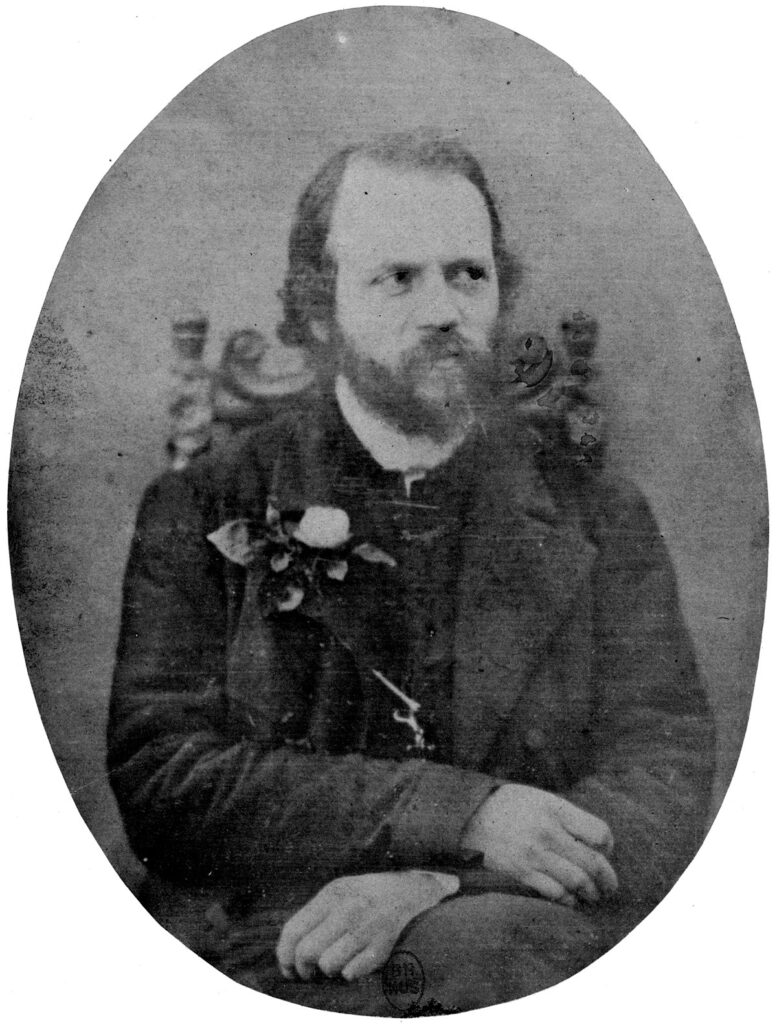Charles-Valentin Alkan (1813-1888) was one of the most fascinating and enigmatic figures in 19th-century classical music. Known for his extraordinary technical prowess and innovative compositions, Alkan left behind a body of work that is both challenging and rewarding to performers and listeners alike. Although he remains less well-known compared to his contemporaries such as Chopin or Liszt, Alkan’s compositions are remarkable for their complexity, originality, and depth of emotion. Here are five of his best compositions, each showcasing a different facet of his unique musical genius.
1. Symphony for Solo Piano, Op. 39 (Nos. 4-7)
Alkan’s “Symphony for Solo Piano” is part of his larger collection of 12 Etudes in All the Minor Keys, Op. 39, and is arguably one of his most innovative creations. Written for solo piano, this symphony mirrors the structure and complexity of a traditional orchestral symphony, with distinct movements that evoke the full range of symphonic sound.
- Why it’s one of his best: Alkan’s ability to simulate the depth and color of a symphony using just a piano is nothing short of remarkable. The work’s grandeur, intensity, and technical demands make it a favorite among virtuoso pianists.
- Notable movements: The second movement, “Adagio,” stands out for its lyrical beauty, while the “Finale: Presto” demonstrates Alkan’s flair for high-energy, virtuosic writing.
2. Concerto for Solo Piano, Op. 39 (Nos. 8-10)
The “Concerto for Solo Piano” is another extraordinary composition within the same set of Etudes as the symphony. It consists of three movements, again imitating the structure of a large-scale concerto but for a single piano rather than a soloist accompanied by an orchestra.
- Why it’s one of his best: The concerto is among the most technically difficult works ever written for the piano. The piece blends ferocious technical demands with deeply expressive content, challenging both the pianist’s dexterity and emotional range.
- Notable movements: The first movement, “Allegro assai,” is a towering display of pianistic athleticism, while the slow second movement is hauntingly beautiful.
3. Le Chemin de Fer, Op. 27
One of the earliest known pieces to depict a mechanical subject, “Le Chemin de Fer” (The Railway) is a short piano piece that vividly captures the rhythmic motion of a train ride. This piece exemplifies Alkan’s skill in creating musical “paintings” through his compositions.
- Why it’s one of his best: In addition to its innovative subject matter, “Le Chemin de Fer” is an exciting and accessible work, displaying Alkan’s inventiveness with rhythm and texture. It offers a fun and evocative portrayal of 19th-century technological advancements.
- Notable features: The relentless, driving rhythm of the piece, which mirrors the sound of a train on the tracks, and its dynamic contrasts make it a miniature tour de force.
4. Grande Sonate ‘Les Quatre Âges,’ Op. 33
This four-movement piano sonata is a fascinating exploration of human life through music, with each movement representing a different “age” of life: 20, 30, 40, and 50 years old. The piece showcases Alkan’s deep philosophical and emotional engagement with his art.
- Why it’s one of his best: The concept of depicting the stages of life in musical form is both ambitious and personal. Each movement has its own distinct character, from the fiery energy of youth to the introspective melancholy of middle age.
- Notable movements: The first movement, “20 ans,” is full of youthful vigor and complexity, while the final movement, “50 ans,” is introspective and contemplative, providing a moving conclusion to the sonata.
5. Etudes in All the Minor Keys, Op. 39
While specific pieces like the Symphony and Concerto for Solo Piano are drawn from this collection, the entire set of “Etudes in All the Minor Keys” stands as one of Alkan’s greatest achievements. Each etude explores different technical and emotional territories, making the collection a monumental work in the piano repertoire.
- Why it’s one of his best: This set not only challenges the pianist with its technical demands but also rewards the listener with its expressive depth and variety. The set is an encyclopedic demonstration of Alkan’s versatility and creativity as a composer.
- Notable pieces: In addition to the Symphony and Concerto for Solo Piano, highlights include the complex and emotionally charged “Ouverture” (No. 11) and the powerful “Marche funèbre” (No. 7).
Conclusion
Charles-Valentin Alkan was a composer of rare talent and originality, whose works continue to captivate pianists and listeners alike. His best compositions, from the “Symphony for Solo Piano” to his evocative character pieces like “Le Chemin de Fer,” reveal a composer who was unafraid to push the boundaries of piano music. Although Alkan’s music may not be as well-known as that of his contemporaries, his work deserves to be celebrated for its technical brilliance and emotional depth. If you’re exploring Alkan for the first time, these five compositions provide an excellent starting point.


Comments are closed